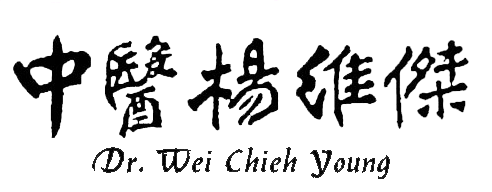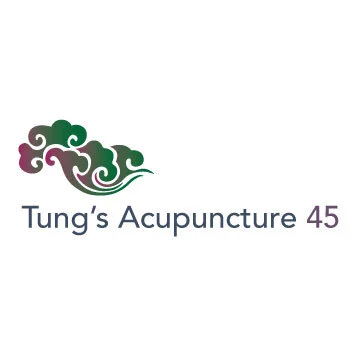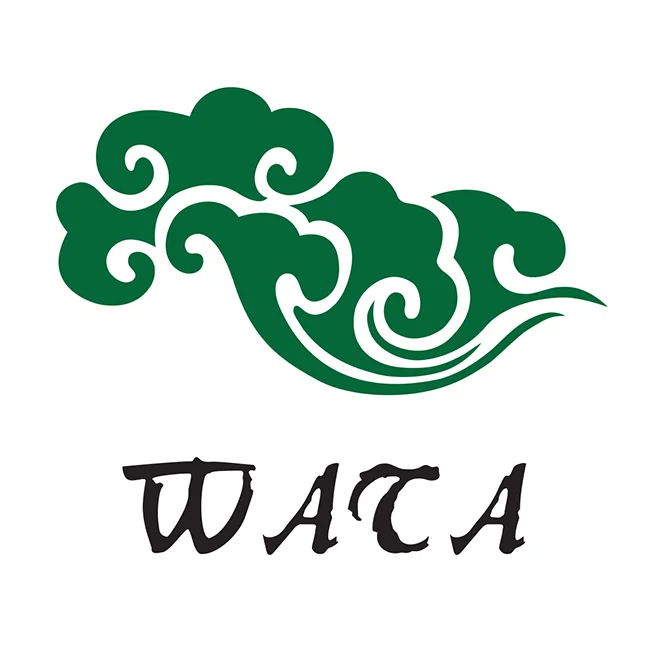8: How did Master Tung make flexible use of the Yin Yang and Wu Xing (five elements)?
/There are yin and yang in a point. Differentiating a disease and selecting effective points are based on yin and yang. All creatures can be symbolized by one of the eight diagrams (Gua: divinatory symbols), which are based on yin and yang. The symptoms (descriptions) of a disease can be differentiated to yin and yang too. Selecting the treatment point in accordance with the yin and yang gives good result and better result if combining with the five-elements. For example, frozen shoulder with the symptoms “arm and shoulder unable to extend and lift”. The thinking logic would be like this: coldness governs “contraction”, hence “unable to extend” is due to coldness and the disease is water-related. Also, the arms and shoulder being heavy and difficult in lifting up belong (similarity) to damp earth, since the earth governs heavy and sinking, those damp diseases. The frozen should with the above characteristics belong to cold-damp (earth-water), and yin disease. The treatment is achieved by selecting points related to earth and water, such as Yinlingquan (SP9) (which is a water point in the earth channel). (The reason to choose the point on the spleen channel is because spleen governs the dampness and heaviness.) The point Shenguan (77.18), located very closely to Yinlingquan (SP9), can also be chosen to treat it or can be used as a Daoma point to supplement the effect. In addition, its correspondence to the neck and shoulder area in the holographic picture enables it a primary choice in this disease pattern. If the frozen shoulder is characterized with “shoulder unable to turn around”, as the shoulder is able to extend but unable to contract, it belongs to wood-tendon disorder, a yang disease. It is a wind-damp (wood-earth) disorder and can be treated by selecting points located between the Shaoyang (wood) and Yangming (earth), such as Zuwujin (77.25) and Zuqianjin (77.24). The qianjin (thousand metals) and wujin (five metals) in the point names also symbolize the heaviness. Or it can be treated effectively by needling Yanglingquan (GB34), because Yanlingquan is the earth point in the wood channel, and is one of the confluent points governing tendon. In Neijin, chapter Nine needles and Twelve source points, it says “when the disease is on the upper part of body pertaining to Fu bowel organs, select Yanglingquan (GB34),” another reason of its effectiveness.
Needling Chize (LU5) with draining technique to treat frozen shoulder is also very effective. The reasons can also be explained by the eight diagrams (xiang shu) (象 xiang: the diagrams, and 數 shu: position of strokes) and the five-elements. A disease characterized with “able to flex, but unable to extend” is well treated by Chize (LU5) (if needled by closely attaching the needle to the tendon, the Quling (33.16) point is needled in fact, the result is even better). The reasons are: 1. needling closely along the tendon to treat tendon (Quling (33.16) point of Tung's acupuncture is needled instead with this technique); 2. draining Chize (LU5) is draining the metal (Chize (LU5) is the son water point of the metal. As it is said to drain the excess, apply the draining technique on its son point), which will reduce the metal in over-controlling the wood. Once the wood is released, the shoulder will be able to lift. From the perspective of the image analogue, in accordance with the 19 bing ji (disease pathomechanisms) theory, it is said “all types of coldness and contraction”. The unable to extend implies that there is coldness and the yin is surplus. Since Chize (LU5) is located in the yin channel at the concave area, the point bears strong yin nature. Besides, Chize (LU5) is the water point, also yin nature and so draining Chize (LU5) is to drain the surplus yin. Once the surplus yin is drained, the coldness will be removed and the contraction no longer exists, and so the frozen shoulder is relieved.
Another example of making flexible use of the five elements is that Master Tung used Sima points (88.17, 88.18, and 88.19) to treat eye redness and glaucoma. The sclera (the white of eye) pertains to metal. Eye redness is analogized as “fire over-controlling metal”. Tonifying the metal will weaken the wood. Once the wood is weakened, it fails to generate the fire. Hence the fire is unable to over-control the metal. Or it may be explained as follows. Sima (88.17, 88.l8, and 88.19) points are in the stomach channel, the earth channel. Earth is the son of fire. Needling the son point will drain the fire, and hence the fire is unable to over-control the metal. As for the glaucoma, the mechanism is often due to liver wind exuberant. Tonifing the metal will put the wood under control. Or it maybe said that the Sima points are on the earth channels, needling them will course the earth and reduce the wood.
The core thoughts of Tung's acupuncture are yin yang and the five elements. The inter-promotion and inter-restraint of the five-elements in the Tung's acupuncture is actually secondary important. The most important is the Tong Tou (Tong Gen and Tou Zhi) and Liu Zhuan (flow and transform). Some points give better results when the patients are needled with lying position; while some others needle with sitting or standing position. This is related to the ascending, descending, opening, closing, storing or flowing of the yin yang and qi blood.










